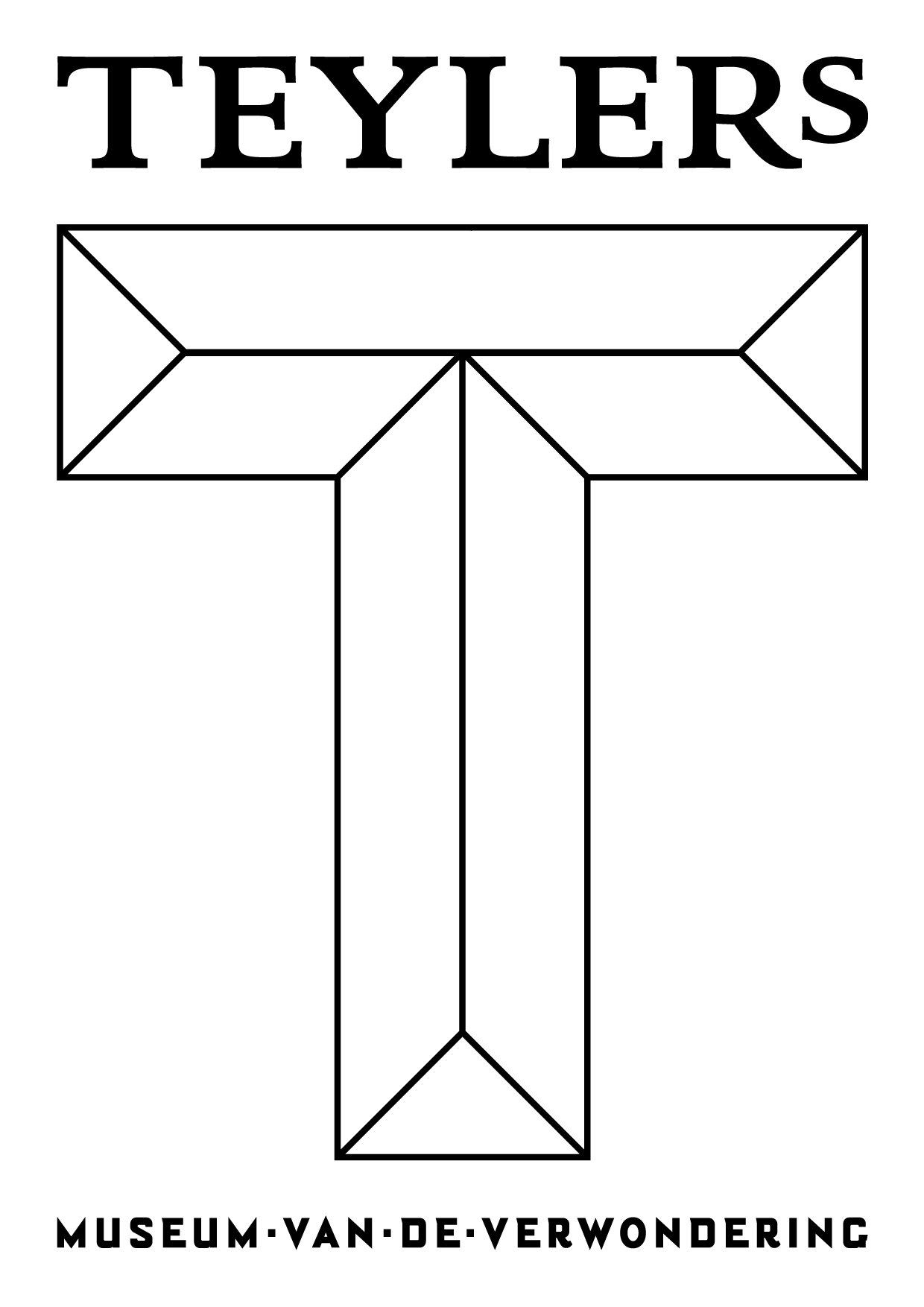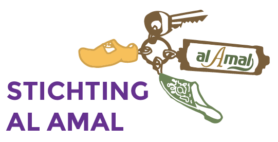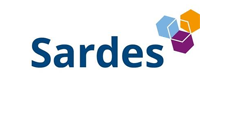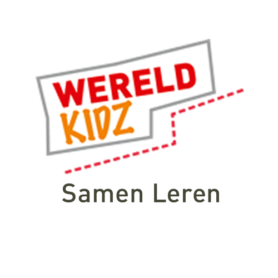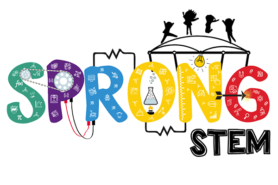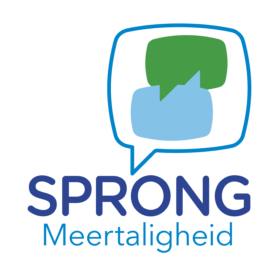Use home languages in the classroom
Last week, the Dutch Education Council gave new advice: make use of all the languages children bring to school. Many children in the Netherlands speak more than one language. At home, they may hear Arabic, Polish, Turkish, English or Tigrinya. In school, however, they are often only allowed to use Dutch. This means that part of their knowledge and skills stay hidden. One way to follow the Education Council’s advice is through translanguaging. Based on recent research, scientists at Utrecht University describe seven practical ways teachers can do this. ‘Translanguaging gives multilingual children a better grasp of the subject matter and makes them feel more seen.’
What is translanguaging?
The word may sound complicated, but the idea is simple. Mirona Moraru, from the Utrecht research project Multi-STEM: “Translanguaging means that children are allowed to use all their languages to learn and express themselves. So it’s not just about switching between languages, but about combining everything a child has at their linguistic disposal – from English to home languages, from gestures to online tools.”
Why does it work?
The researchers at Multi-STEM show that translanguaging helps children in several ways:
- They understand the lesson better
- They can show more of what they already know
- They feel more motivated and confident
“In addition, using all languages increases the pupils’ engagement, motivation and self-confidence. When teachers show that all languages are welcome, this contributes to inclusion and a positive self-image. Translanguaging makes lessons more accessible, richer and more enjoyable. For both the pupil and the teacher.”
What does it look like in practice?
The Multi-STEM team describe seven simple ways to use translanguaging. Imagine a lesson on plant growth.
1. Combine languages
When the teacher asks what a plant needs to grow, let the children brainstorm in both Dutch and their home language. Then share ideas in Dutch.
2. Use gestures and tools
Show a picture of a plant, use gestures (sunlight, watering) or a bilingual dictionary.
3. Translate
Ask pupils to look up the word “germinate” and other key words in their home language.
4. Compare
Create a multilingual word wall. Discuss how words in different languages are similar or different.
5. Collaborate
Put children who share a home language together. Let them discuss in that language and write their answers in Dutch.
6. Use language helpers
A pupil who is already stronger in Dutch can explain to a classmate. Parents, siblings or a bilingual teaching assistant can also help.
7. Design a multilingual classroom
Hang up multilingual posters or flags from different countries. Let children help create a classroom with a visible place for their home languages.
Tip: start small!
Moraru advises teachers not to do everything at once: ‘You don’t have to apply all seven forms in one lesson right away. For example, start with a multilingual word wall, or let children look up key words in their home language. The seven different forms of translanguaging can, of course, be mixed: the teacher chooses which ones best suit the learning objective.’
Translanguaging is not extra work on top of lessons. It is a new way of looking at the languages children already have. By giving these languages a place in the classroom, you open doors for their learning and their well-being.
– Mirona Moraru & Shaunna Calpin-Ramlawi
This blog can also be found here in Dutch: https://www.uu.nl/nieuws/benut-thuistalen-in-de-klas.
Currently, this blog is only available in English and Dutch. To read it in another language, we recommend using the translation tool DeepL.com.


